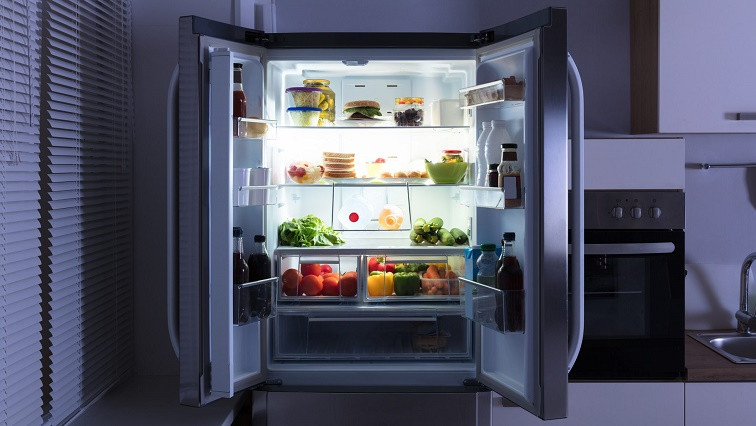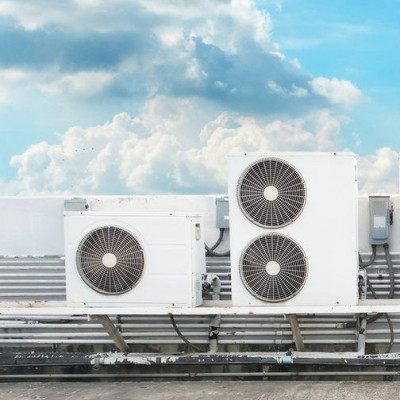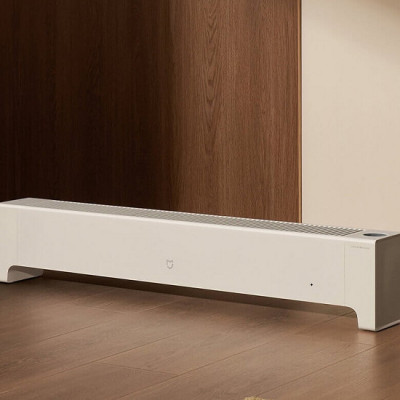The researchers dosed the R600a refrigerant with multi-walled carbon nanotube (MWCNT) nanoparticles. According to an engineer from the University of Johannesburg, trained technicians can perform the drop-in refrigerant replacement in the field.
This is a first-of-its-kind test of nanoparticle-dosed refrigerants and was newly published in Energy Reports, an open-access journal. Thanks to these study results, home refrigeration may become more accessible for low-income households.
R134a—one of the most extensively used refrigerants in industrial and domestic refrigerators—can be used safely in several applications because it is not flammable. But this refrigerant is known to have high global warming potential that contributes to climate change.
In addition, it causes equipment such as air-conditioning, freezers, and refrigerators to use plenty of electrical energy. This consumption of energy contributes even more to the current climate change.
In the meantime, relatively lower electricity bills can be obtained through a more energy-efficient refrigerant. This means energy security can be enhanced for susceptible households. Moreover, improved demand-side management and better energy economy can benefit planners at power utilities, since cooling is responsible for approximately 40% of energy demand.
Nanoparticles Enhance Power Reduction
Ethylene glycol and water have been used to make nano eco-friendly refrigerants. Studies performed in the past had demonstrated reduced energy consumption in nano-refrigeration, in which refrigerants were dosed with MWCNT nanoparticles. In addition, the nanoparticles led to reduced wear and friction on appliance vapor compressors.
However, the impacts of MWCNTs on hydro-carbon refrigerants, such as R600a, were not tested by earlier studies.
In a new study, the University of Johannesburg team tested the drop-in replacement of R134a—the environmentally unfriendly refrigerant—in a home refrigerator that was made to operate with 100 g of R134a. The researchers used R600a—the more energy-efficient refrigerant dosed with MWCNT nanoparticles—in the place of R134a.
Reduces Electricity Use by More Than a Quarter
The R134a refrigerant as well as its compressor oil from a household fridge was removed by the scientists. The team then employed a new refrigerant called R600a and dosed it with MWCNTs. In this case, mineral oil was employed as a lubricant. The latest blend was subsequently fed into the fridge, and finally, performance tests were carried out.
The researchers observed that the R600a-MWCNT refrigerant led to a relatively better cooling capacity and performance for the refrigerator.
"The fridge cooled faster and had a much lower evaporation temperature of -11 degrees Celsius after 150 minutes. This was lower than the −8 degrees Celsius for R134a. It also exceeded the ISO 8187 standard, which requires—3 degrees Celsius at 180 minutes," Dr Daniel Madyira, Department of Mechanical Engineering Science, University of Johannesburg.
“Electricity usage decreased by 29% compared to using R134a. This is a significant energy efficiency gain for refrigerator users, especially for low income earners,” added Dr Madyira.
According to Madyira, the choice of MWCNT nanoparticles is crucial to achieve these benefits. "The MWCNT’s need to have nanometer-scale particle size, which is extremely small. The particles also need to reduce friction and wear, prevent corrosion and clogging, and exhibit very good thermal conductivity," added Dr Madyira.
Managing Flammability
However, the novel refrigerant blend poses a potential danger. The R600a refrigerant is flammable, unlike the R134a. Conversely, it has a low global warming potential and is more energy-efficient. A few refrigerator manufacturers have already implemented production with the R600a refrigerant and those appliances are commercially available.
“To do a safe drop-in replacement, no more than 150g of R600a should be used in a domestic fridge,” added Dr Madyira. “Before the replacement, the fridge used 100g of R134a gas. We replaced that with 50g to 70g of R600a, to stay within safety parameters.”
Dr Madyira cautioned that this drop-in replacement should not be attempted by an untrained individual but rather by a trained refrigeration technologist or technician.
Replacement Procedure
"Mineral oil is used as the compressor oil. This should be mixed with the recommended concentration. A magnetic stirrer and ultrasonicator are needed to agitate and homogenize the ingredients in the mixture. The mixture can then be introduced into the compressor. After that, R600a can be charged into the refrigerator compressor, while taking care to not use more than 150g of the gas," added Dr Madyira.
Consumers can save a great deal of money with a much more energy-efficient refrigerant, like the R600a-MWCNT mix. This would further benefit vulnerable families dwelling in hot climates in developing nations.
In a majority of the nations, low-income earners rely on home freezers and refrigerators to safely preserve large amounts of food supplies. This considerably decreases the risk of wasting foodstuff due to the risk of food poisoning or spoilage, because of improperly stored food. According to Dr Madyira, such appliances have become a necessity and are no longer a luxury.
Without refrigerators, individuals may be inclined to purchase food on a daily basis, in small amounts, and at relatively higher costs. Since day-to-day buying of food may not be needed anymore, travel costs and time required for purchasing the same can also be relatively lower.
With refrigeration, it also becomes viable to safely preserve more amounts of different types of food supplies such as fresh vegetables and fruits. Medicines that need cooling can be preserved at home. Such an approach can provide more balanced diets and nutrition and lead to more improved physical health for a low-income household.
Grid Power Still Rules for Low-Income Refrigeration
From a sustainability standpoint, it can appear to be desirable to run a majority of home freezers and refrigerators from solar power. But backup batteries, solar panels, and direct current (DC) refrigerators are still too costly for many low-income families in regions served by power utilities.
Alternating current (AC), energy-efficient refrigerators functioning on grid power may be more cost-effective for a majority of the people. With R600a-MWCNT refrigerant, additional cutting power consumption can reduce the costs even more.
Refrigeration for All vs Demand-Side Management
With more small businesses and low-income households switching to grid-powered air-conditioning, refrigerators, and fridges, power demand must be managed in a better way.
In South Africa where this latest research was carried out, the power utility operated by the state faces immense challenges in fulfilling the energy demand consistently. As a demand-side power management measure, long-lasting rolling blackouts, called load-shedding, have been adopted.
Reducing over a quarter of the power consumption of freezers, refrigerators, and air-conditioners can free up national power supply for better energy security.
Read the original article on Azonano.







